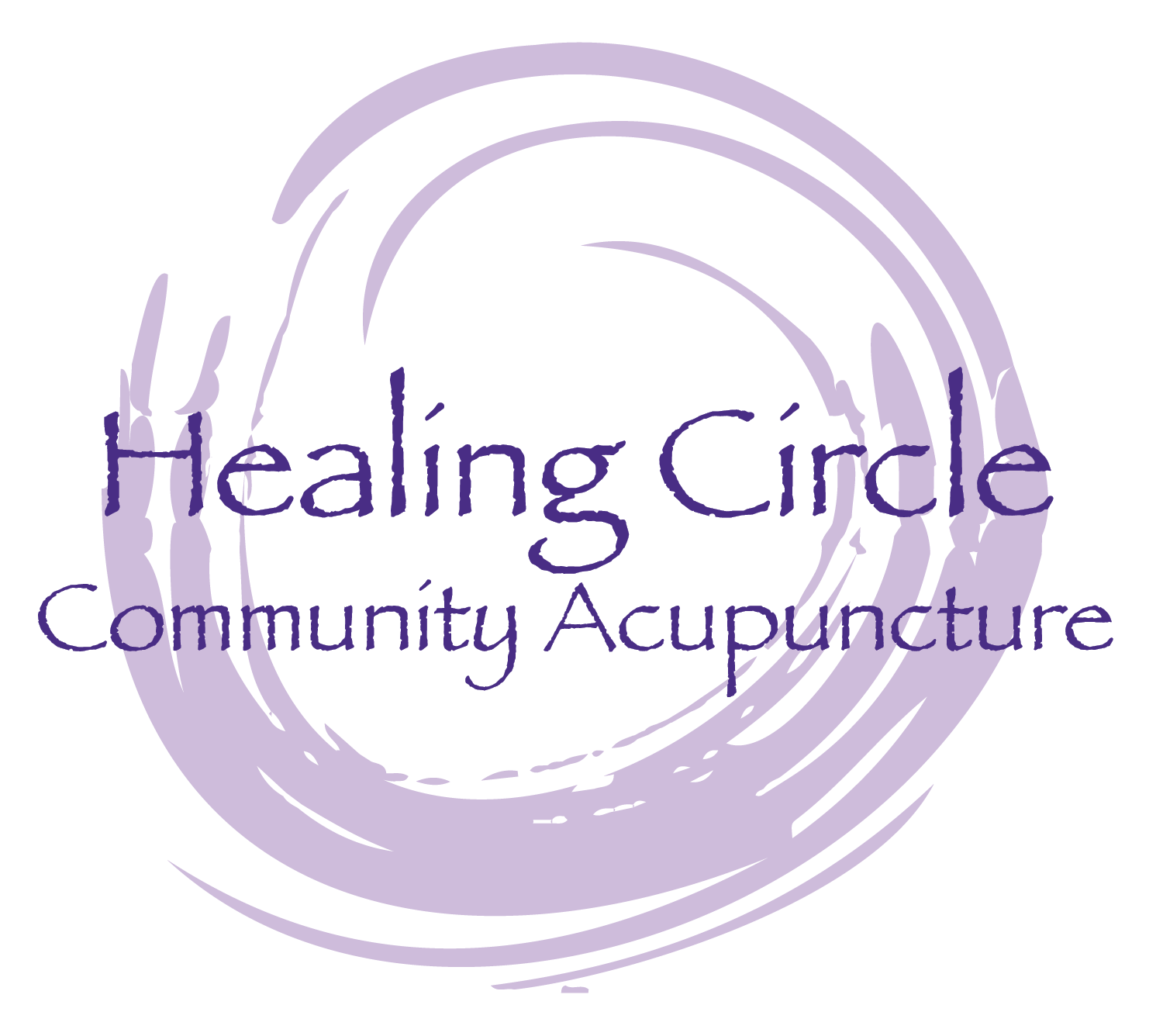How to Turn Your iPhone Screen Red
According to the Vision Council, 80% of American adults use digital devices more than two hours per day. Nearly 67% use two or more devices at the same time. Fifty-nine percent have symptoms of digital eye strain.
Since our eyes are not good at blocking blue light, nearly all visible blue light passes through the front of the eye (cornea and lens) and reaches the retina, the cells that convert light for the brain to process into images.
There is some "preliminary" growing research that constant exposure to blue light over time could damage retinal cells and cause vision problems such as age-related macular degeneration.
WHAT IS BLUE LIGHT, AND WHERE DOES IT COME FROM?
Blue light is exactly what it sounds like — light that falls in the blue range of visible spectrum (the light that we can see). It has higher energy levels than most other visible light, similar to non-visible ultraviolet (UV) rays.
SOME OF THE CONCERNS OF BLUE LIGHT EXPOSURE
SLEEP INTERFERENCE
Research has shown that blue light suppresses the production of melatonin (a hormone which regulates sleep) and messes with your circadian rhythm (your natural sleep cycle).
DIGITAL EYE STRAIN
Digital eye strain is pain and fatigue caused by trying to focus on screens too much.
LONG-TERM DAMAGE
Our eyes are actually fairly good at blocking high-energy UV light from penetrating too deeply into the eye. However, because our eyes try to perceive blue light, that blue light gets further into the eye. This has the potential to damage our eyes' inner structures over time, particularly the sensitive retina.
EYE DISEASE
Due to blue light reaching sensitive parts of the eye, there is concern that blue light can accumulate enough damage over time to cause retinal diseases like age-related macular degeneration (AMD).
Although the research appears to be somewhat inconclusive on the overall impact of blue light on eye health, I still suggest that one minimize their exposure to blue light and not wait for science to catch up with this pending issue
SOME IMPORTANT CONSIDERATIONS IN REDUCING BLUE LIGHT EXPOSURE
How To Make iPhone Screen Red
Follow these steps to know how to change color on your iPhone.
For iPhone 8 and Older
Step 1: Find the "Color Filters" section by going to Settings > General > Accessibility > Display Accommodations.
Step 2: Select "enable color filters" and then choose the filter "color tint" as your default setting. Scroll down and locate the sliders for intensity and hue. To get the most benefits out of a red phone screen, both should be set to the maximum setting.
Step 3: You may often need to toggle between your red filter and your normal screen. For instance, you could suddenly have to turn on your screen recorder for work. Save yourself the hassle of having to adjust your screen settings each time by creating a shortcut to your red iPhone setting.
Select Settings > General > Accessibility > Accessibility Shortcut > Colour Filters. Once you're done, all you need to do is press the home button three times to switch between your default settings and your custom red screen.
For iPhone X and Newer
The accessibility features for newer iPhones (such as the iPhone 11 and 13) are further enhanced, making it easier for you to adjust the tint on your screen.
Step 1: Select Settings > Accessibility > Display and Text Size > Color Filters.
Step 2: Like with older iPhone models, you need to enable "Color Filters" and choose "Color Tint" for your screen. Next, scroll down and adjust the Intensity and Hue to bring out more of the red shades on your phone. Set both fields to the maximum capacity for a more pronounced redness.
Step 3: Create a shortcut by going to Settings > Accessibility > Accessibility Shortcut > Color Filters. This allows you to switch between your regular daytime screen and your custom red tint by just pressing the right side button three times.
After applying these changes, you may want to do a hard reset in order to restart iPhone. Even though your phone may be working properly, restarting it will give it time to refresh itself and avoid any slow responses.
Conclusion
There you have it - a simple solution to a bothersome health hazard. We cannot completely avoid the harmful effects of blue light, especially in our modern society. But, hopefully through further research and innovations, we can offset any damage caused by older technology.
I highly recommend installing Iris (https://iristech.co/) on your desktop to block blue light. I purchased the lifetime version.
You can find a qualified and certified functional medicine practitioner by going to: www.FunctionalMedicineDoctors.com
Reference
https://www.amymyersmd.com/article/dangers-blue-light
https://www.ncbi.nlm.nih.gov/pmc/articles/PMC6288536/
https://opto.ca/eye-health-library/blue-light-there-risk-harm
https://www.ncbi.nlm.nih.gov/pmc/articles/PMC8227611/
https://www.health.harvard.edu/staying-healthy/blue-light-has-a-dark-side
** Printed with permission www.functionalmedicineuniversity.com

